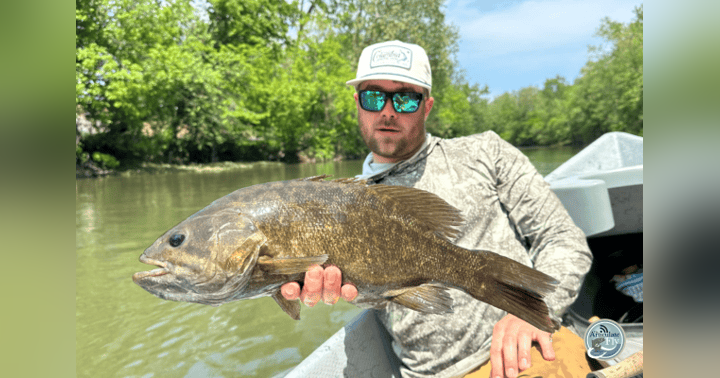HOW TO FLY FISH: PRINCIPLES OF FLY SELECTION

We have spent quite a bit of time studying the insects commonly found in a trout’s diet and the importance of matching the hatch. The next step is to convert this knowledge into selecting the appropriate fly. While it is tempting to search for the “perfect” pattern, more often than not, you will be better served by focusing on presentation. You will be more successful presenting the “wrong” fly well than the “perfect” fly poorly. Focus on learning to fish a few patterns well. Starting out, if you learn to fish a Pheasant’s Tail, a Hare’s Ear, a Parachute Adams, and an Elk Hair Caddis, you will catch plenty of fish!
When should you choose a more exact versus a more impressionistic pattern? When food is abundant, trout can afford to be more selective and still win the calories in vs. calories out battle. This is a common situation on tailwaters and spring creeks. Similarly, if a trout is in slower water and has more time to study your pattern, a more precise imitation can save the day. The same can be true when fishing over heavily pressured or “educated” trout. If the trout are being particularly snotty, sometimes, offering them something completely different is the ticket. For instance, if you are having a hard time dialing in a mayfly hatch, try fishing a beetle or a small baitfish imitation.
At The Articulate Fly, we love questions! Please post a comment or send us your question.
Follow us on Facebook, Instagram, LinkedIn, Twitter or YouTube.




